- Solar energy can play a crucial role in meeting the growing energy demand in Africa
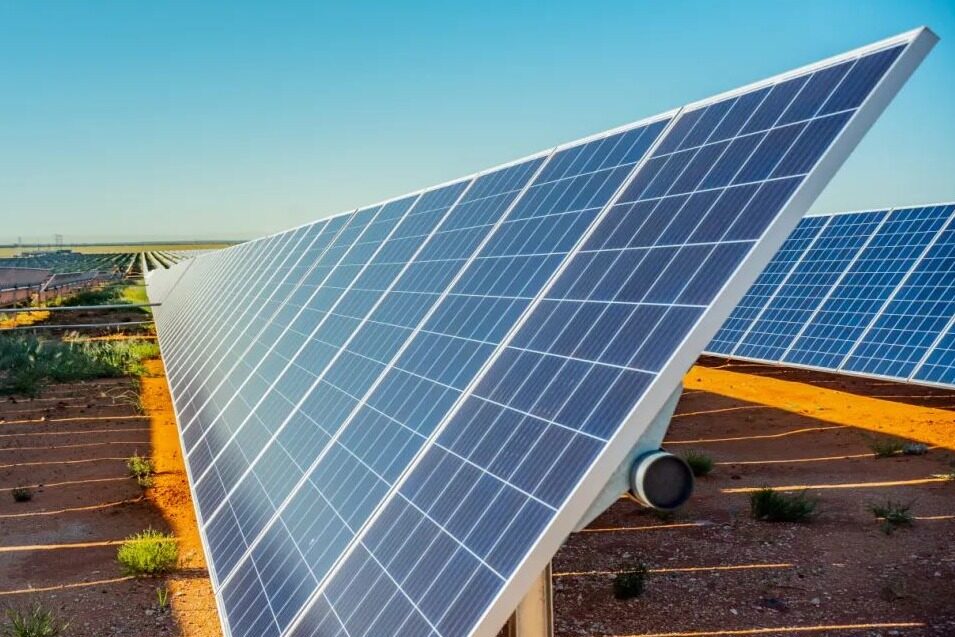
Africa has vast territory, abundant sunshine, and superior geographical location, which can fully utilize the growth opportunities of global solar photovoltaic power generation. Many African countries have high levels of solar radiation, which provides them with a natural advantage in solar power generation. However, despite these favorable conditions, Africa still remains marginalized in the global solar photovoltaic market, both in terms of manufacturing and deployment.
Africa’s natural resource endowments present a unique opportunity for the continent to enter the global solar PV value chain. Key minerals required for solar PV production—such as copper, tin, and silicon—are found in significant quantities in several African countries. For instance, the Democratic Republic of Congo (DRC) and Zambia are home to some of the world’s largest copper reserves, a critical material for solar PV systems. Copper is used extensively in solar PV systems for wiring and electrical connections, making it a vital component of solar electricity generation.
Tin, another essential material used in solar PV technology for soldering components, is also abundant in Africa. Nigeria and Rwanda are notable producers of tin, although their production capacities remain underdeveloped. Silicon, a key input for the production of c-Si solar PV cells, is also found in Africa, albeit in smaller quantities compared to global leaders like China. Nonetheless, Africa’s mineral wealth represents a significant opportunity for the continent to leverage its natural resources to become a player in the global solar PV market.
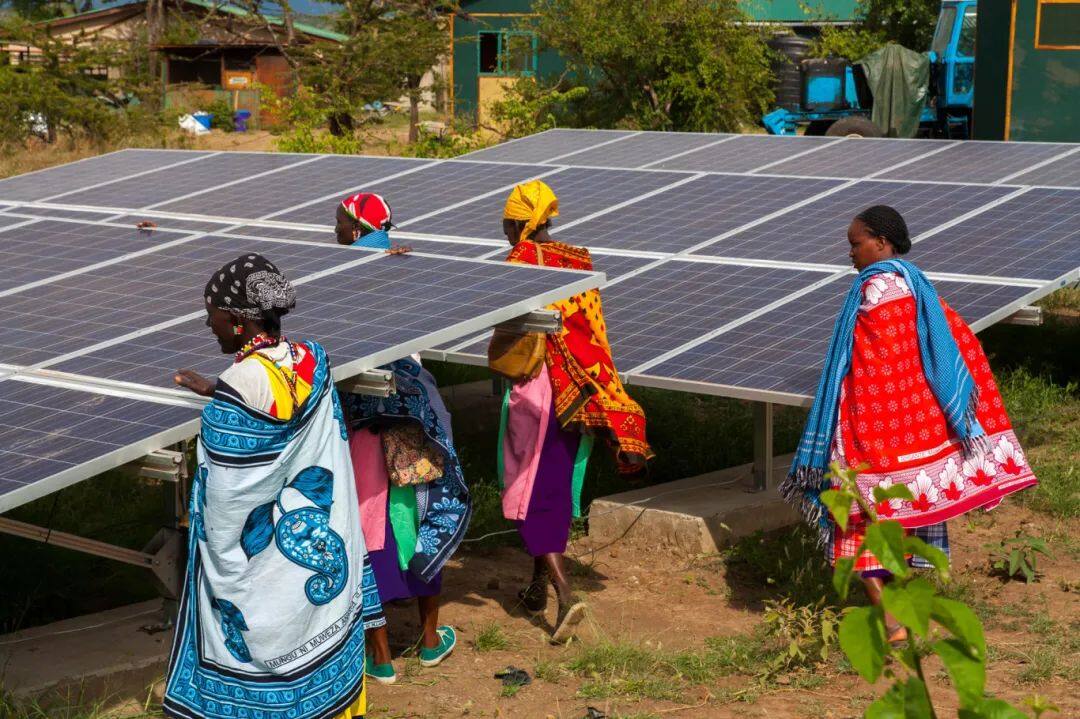
In addition to mineral resources, Africa’s vast solar potential is a major opportunity for the continent. Most African countries experience high levels of horizontal solar irradiance, meaning they receive more sunlight per square meter than many other parts of the world. This gives African countries a natural competitive advantage in solar power generation. The International Renewable Energy Agency (IRENA) estimates that solar power could play a critical role in meeting Africa’s growing energy needs, particularly in rural areas where electrification rates are low. Currently, approximately 43% of the African population lacks access to electricity, with the figure exceeding 80% in rural areas. Solar power offers a sustainable solution to this energy deficit, helping to improve access to electricity while also driving economic development.
One of the major challenges facing African countries is the capital-intensive nature of solar PV manufacturing. The production of polysilicon, the primary material used in c-Si PV cells, is an energy-intensive process that requires advanced technology and significant financial investment. Polysilicon production alone accounts for approximately 30% of a solar module’s total value and is dominated by a small number of global players, primarily in China. The high costs associated with polysilicon production make it difficult for African countries to compete in this segment of the value chain.

In addition to financial barriers, African countries also lack the technological capabilities needed to produce solar PV components at scale. The production of solar PV cells, modules, and other components requires advanced manufacturing processes, skilled labor, and well-developed infrastructure. Unfortunately, many African countries lack the necessary industrial base to support solar PV manufacturing. The semiconductor and electronics industries, which are closely related to solar PV manufacturing, are also underdeveloped in most African countries. Only a handful of countries, such as Tunisia and São Tomé and Príncipe, have demonstrated any significant comparative advantage in these sectors.
Furthermore, foreign direct investment (FDI) in Africa’s renewable energy sector has been relatively low compared to other regions. Although there has been some investment in solar power projects, particularly in countries like South Africa, Egypt, and Morocco, the overall level of investment remains insufficient to support the development of a large-scale solar PV manufacturing industry. This lack of investment is exacerbated by political instability, regulatory uncertainty, and a lack of infrastructure in many African countries, which deter potential investors from committing significant capital to the region.
While Africa’s resource endowment and solar potential are undeniable, the continent faces numerous challenges in its efforts to develop a solar PV manufacturing sector. The global solar PV value chain is characterized by high levels of market concentration, with a few countries—chiefly China—dominating production. China currently controls over 80% of the global solar PV value chain, from raw material extraction to final module assembly. This concentration has created strong barriers to entry for other countries, particularly those in the Global South, including Africa.
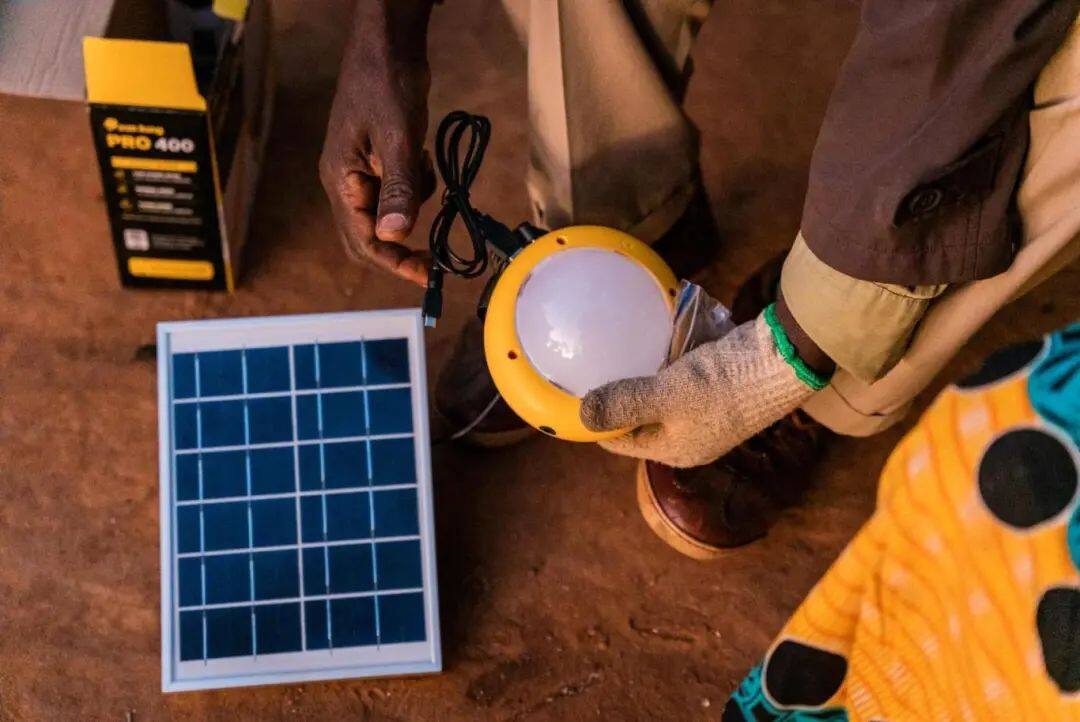
One of the major challenges facing African countries is the capital-intensive nature of solar PV manufacturing. The production of polysilicon, the primary material used in c-Si PV cells, is an energy-intensive process that requires advanced technology and significant financial investment. Polysilicon production alone accounts for approximately 30% of a solar module’s total value and is dominated by a small number of global players, primarily in China. The high costs associated with polysilicon production make it difficult for African countries to compete in this segment of the value chain.
Africa has significant potential to become a leader in solar power generation and solar PV manufacturing. However, the continent faces several challenges, including market concentration, technological limitations, and financial constraints. A regionalized solar PV strategy offers the best pathway for African countries to overcome these challenges and build a competitive solar PV sector. By leveraging their natural resource endowments, fostering regional cooperation, and investing in technological development, African countries can contribute to the global green transition while addressing their energy needs and driving industrial development.Editor/XuNing
Comment
 Praise
Praise
 Collect
Collect
 Comment
Comment
 Search
Search


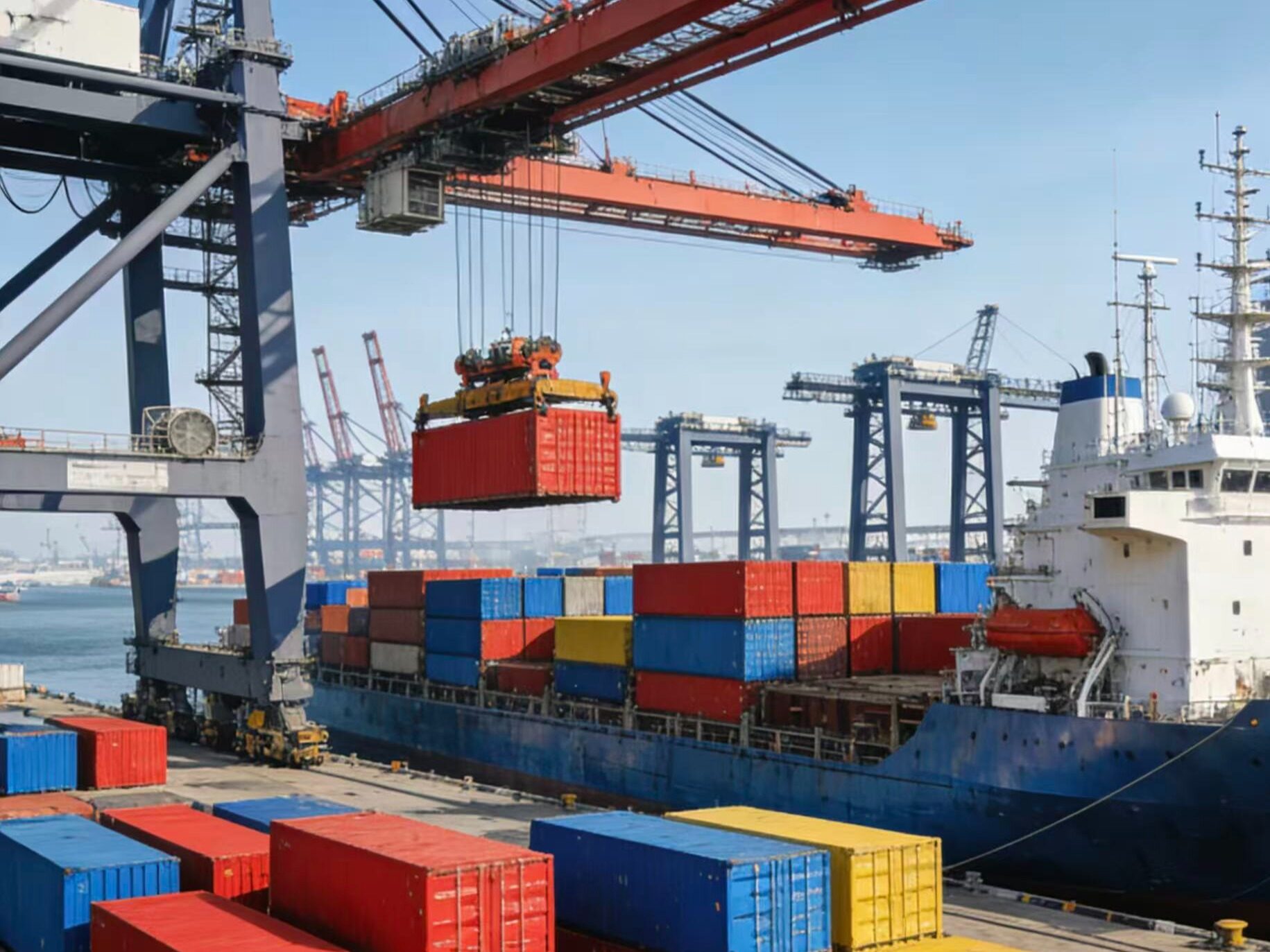
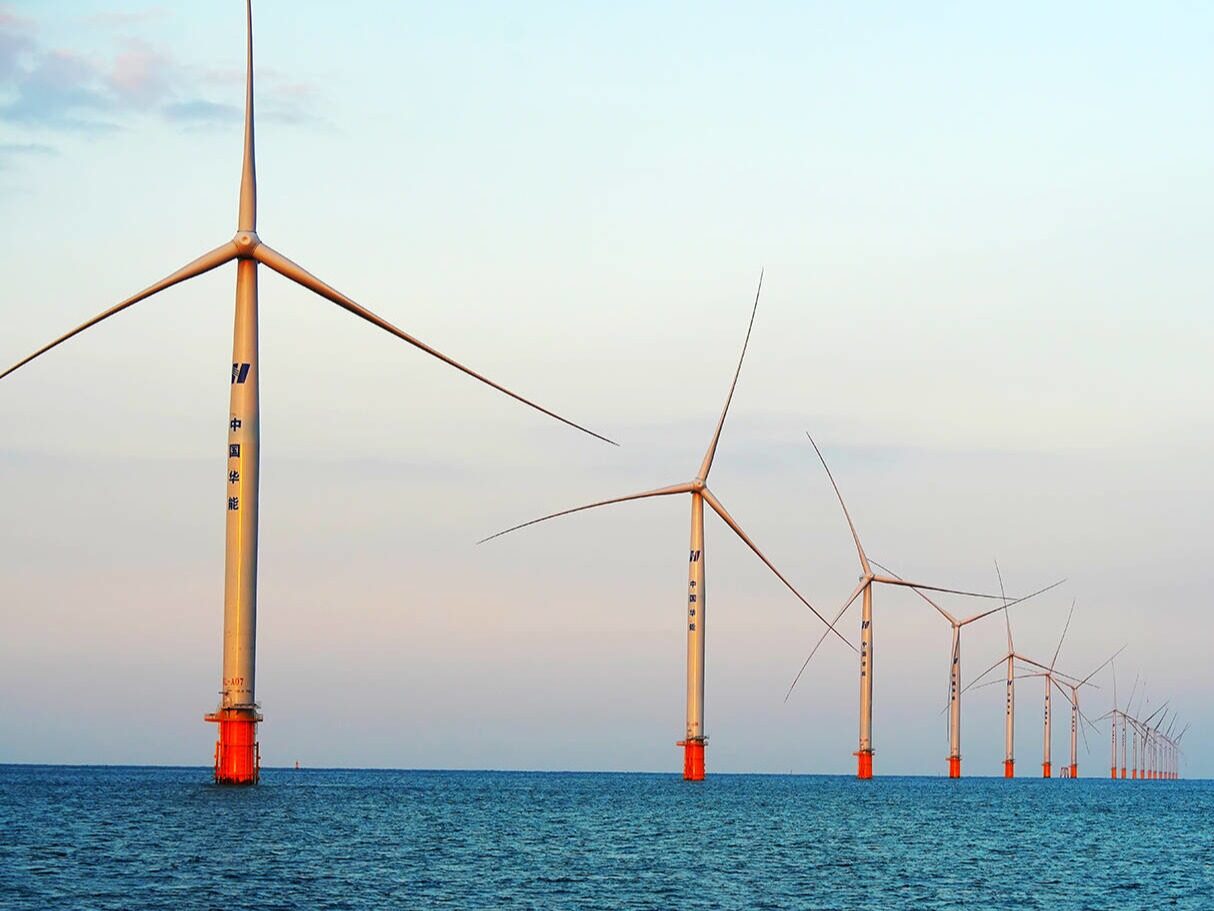

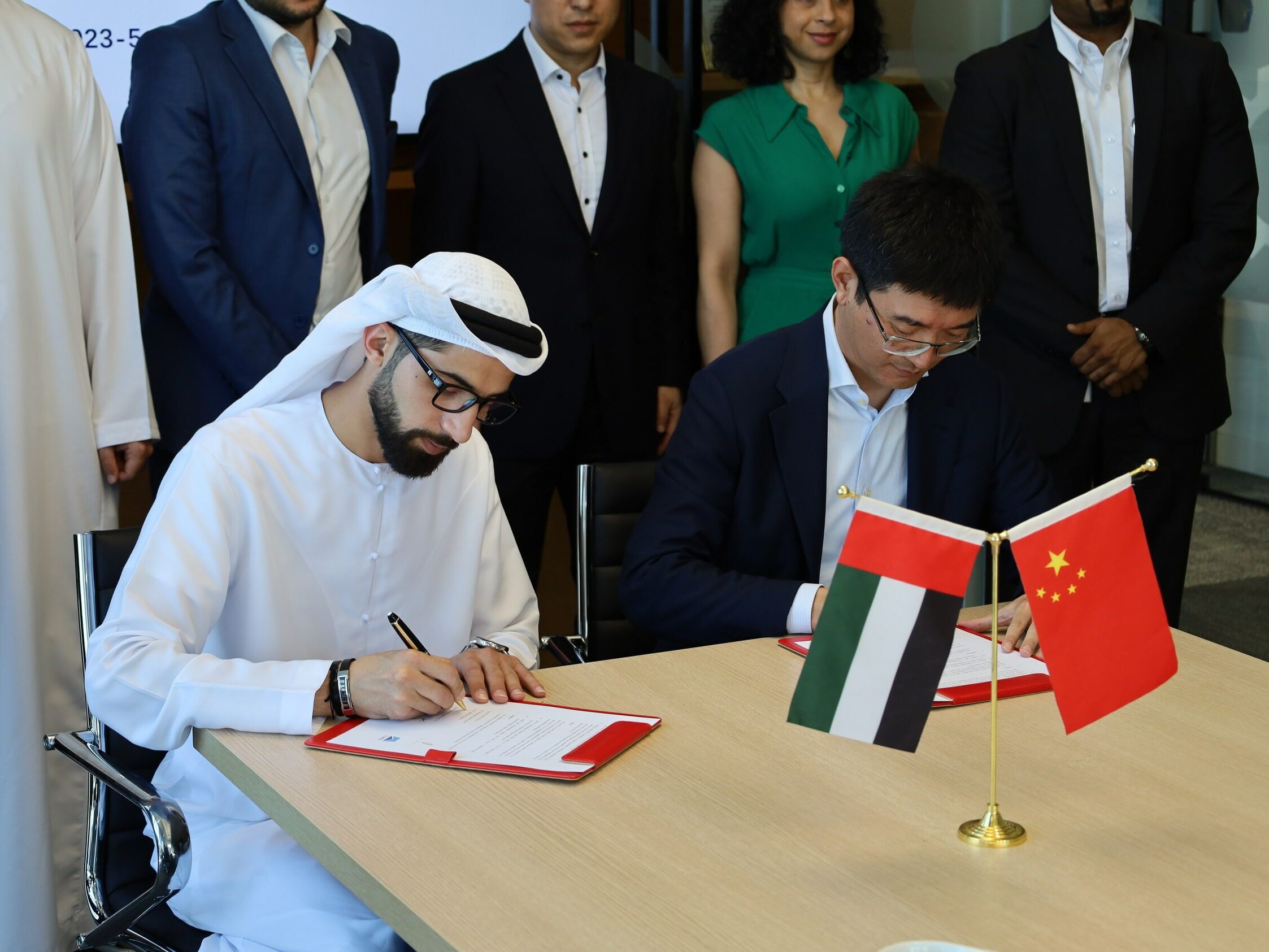
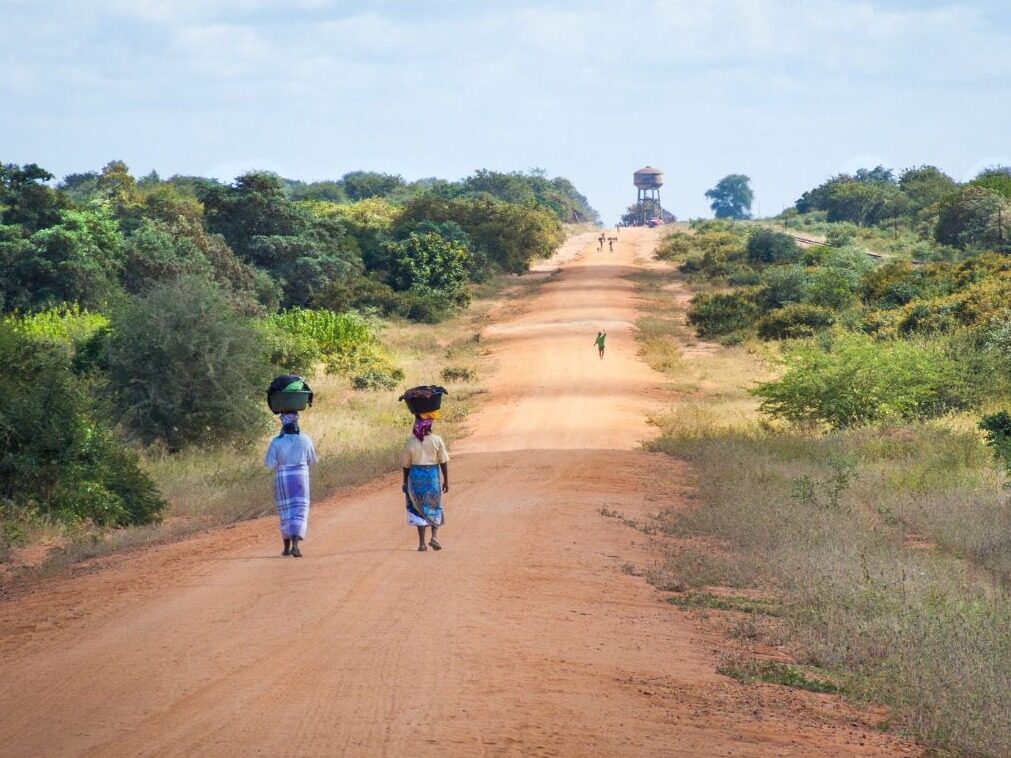
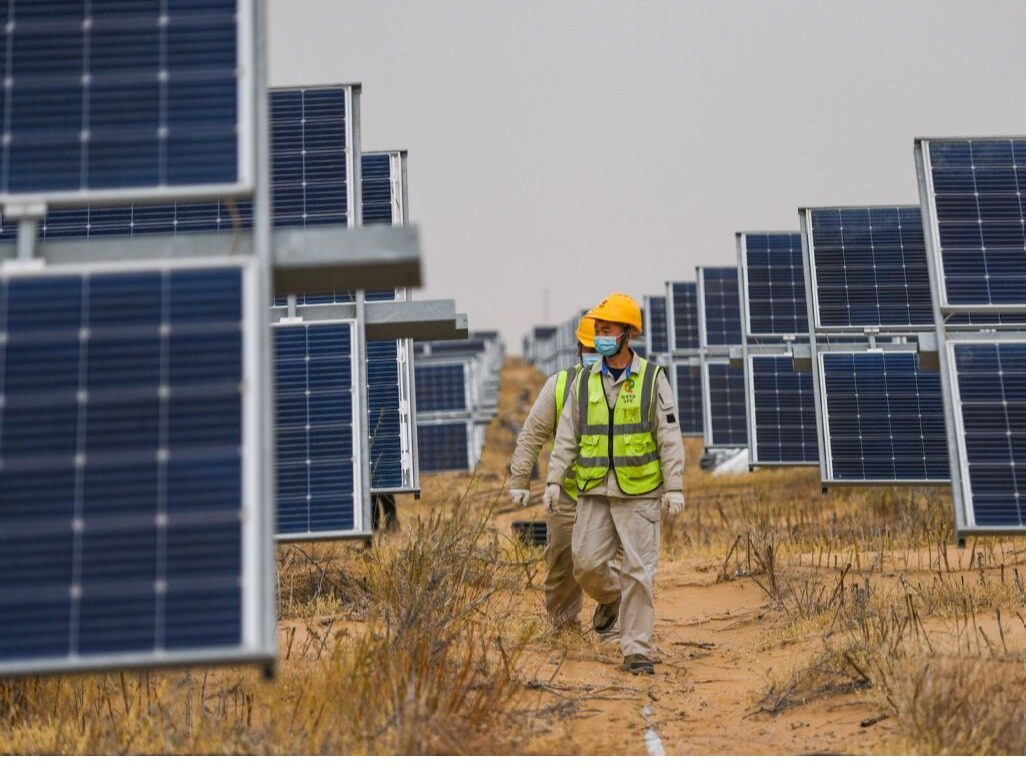






Write something~